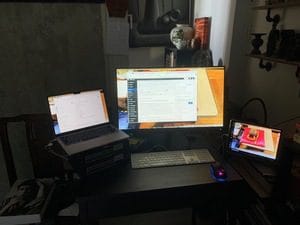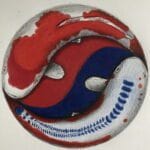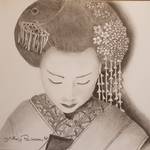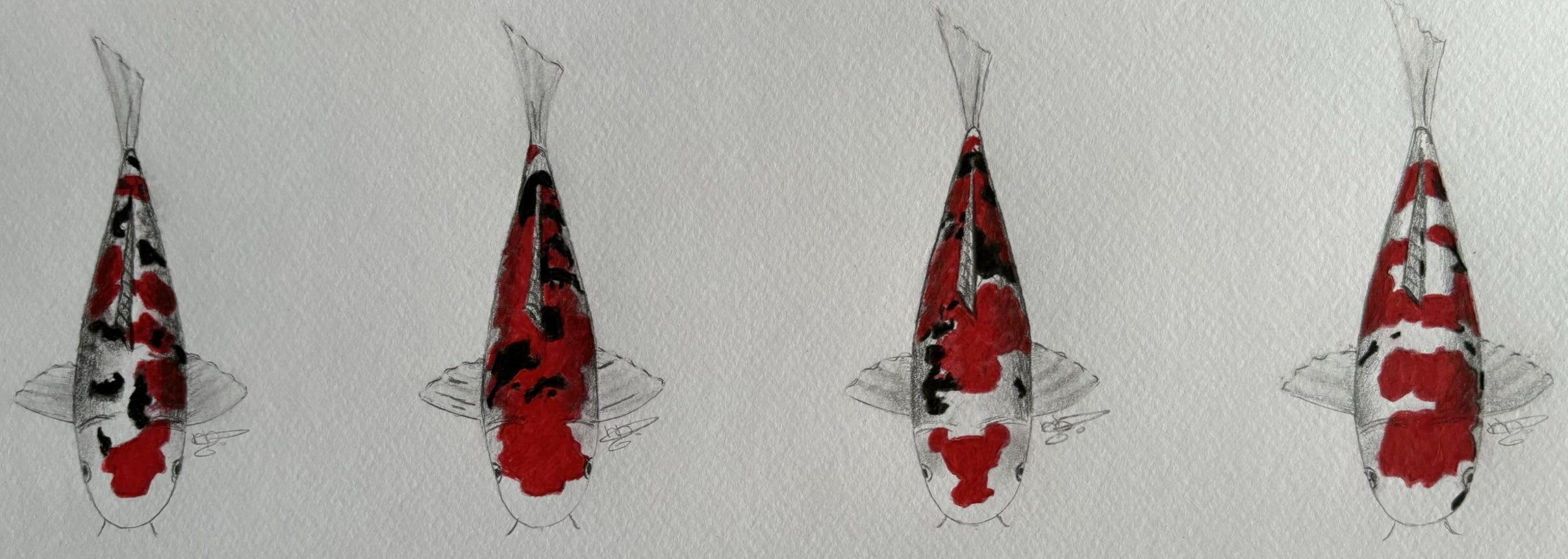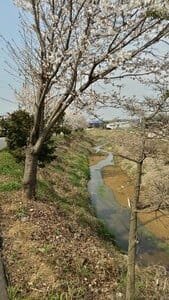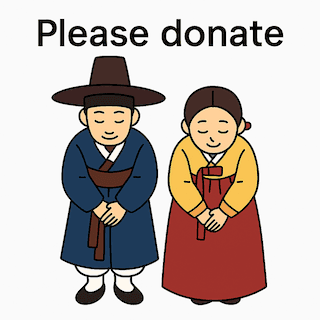The Red Lamp — Poems
The poems of The Red Lamp began in Rotterdam, 1985. Stripped lines, high temperature, no ornament. Each appears in the original Dutch beside its English translation — bare testimony rendered faithfully.
Language policy: poems are shown in the original Dutch with a precise English translation; stories are published in English only.
Start here
- Existence 1 (1985) — the opening fragment: survival, need, and a curse hurled at a devouring world.
Context & related
- The Red Lamp — From Then to Now — hub page for poems & stories.
- Under the Shade (1985) — a desk, a lamp, a vow (story).
Introduction
The Red Lamp began as a small bundle in Rotterdam, 1985. No decoration, no detour: short lines that breathe like steel under pressure. The city was grey, the Maas drew cold through concrete, and indoors one searched for warmth in another. The lamp on the desk gave red light but no comfort; it marked a boundary. Whoever came closer had to withstand fire.
The poems that emerged were not written with posterity in mind. They were not meant to be quoted, not composed for literature. They are field notes, registrations of a state of mind at a time when loneliness bit harder than hope. Yet they stand here again, nearly forty years later: Dutch beside English, sparse beside carefully translated. Their task is unchanged — to testify, to press forward, to hold speech in place when silence would be safer.
The mood of those years is still present in the rhythm: abrupt, economical, refusing to wander. Rotterdam in the mid-1980s was a place of hard labour, scarce work, and unspoken distances. The poems mirror that climate. They are not polished stanzas but compressed fragments, written quickly and under pressure, with the knowledge that tomorrow might demand a different register altogether. Reading them now is to revisit that tension: how words can resist forgetting, even when memory itself resists clarity.
Between Rotterdam and now
Placed alongside the later stories, these poems form the spine of a larger project. Where the stories stretch out, crossing geographies and cultures, the poems fold inward. They compress experience into a few lines, shaping absence as much as presence. That contrast is deliberate. The Red Lamp was never about producing a single book of poems, but about setting a tone, choosing a discipline, and allowing that practice to inform everything that came after.
Each poem is therefore more than an isolated fragment. It is part of an economy of language that continues into essays on Korea, reflections on Buddhism, and narrative pieces on travel and encounter. The voice has aged, the settings have changed, but the principle remains: speak only what carries weight, and leave silence intact where words would betray.
Closing
Today these poems stand in a wider context. They belong not only to a Rotterdam room in the mid-1980s, but to a body of work that has since expanded into stories, essays, and reflections from Korea. Where the early lines exposed the self, the later texts turn toward encounter and construction. The line, however, is unbroken: the same economy of words, the same refusal of ornament, the same steady aim at what matters.
This page gathers the poems of The Red Lamp in their original sharpness and shows them beside their English translation. They are not reports of happiness but of endurance. Not memories to dream away with, but to stay awake to. They belong to a larger project that sets its heart on truth, connection, and compassion. In that light the red lamp still burns — not as relic, but as standard.
Readers are invited to explore the poems one by one, not as nostalgic artefacts but as living testimony. They may appear minimal, but each line carries the weight of its time and the trace of a vow: to remain honest, to resist ornament, and to continue speaking even when silence tempts. In that vow lies the continuity of the work — from Rotterdam to Korea, from the solitary desk to the wider world, always with his heart towards …
